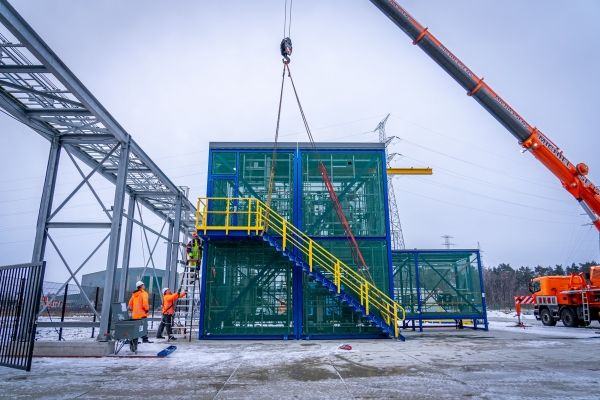Nieuws en projectupdates
Kom alles te weten over onze projecten, succesverhalen en medewerkers. Wil je maandelijks op de hoogte gehouden worden van het belangrijkste nieuws in de transitie naar een duurzame wereld. Schrijf je dan in op onze Pulse-nieuwsbrief.


